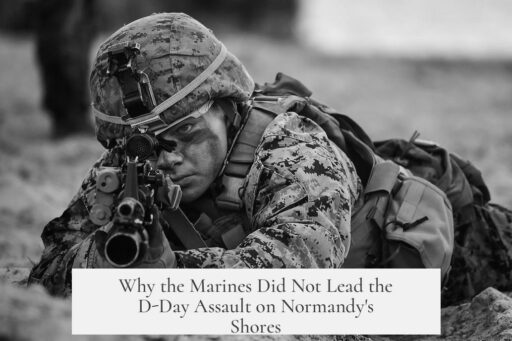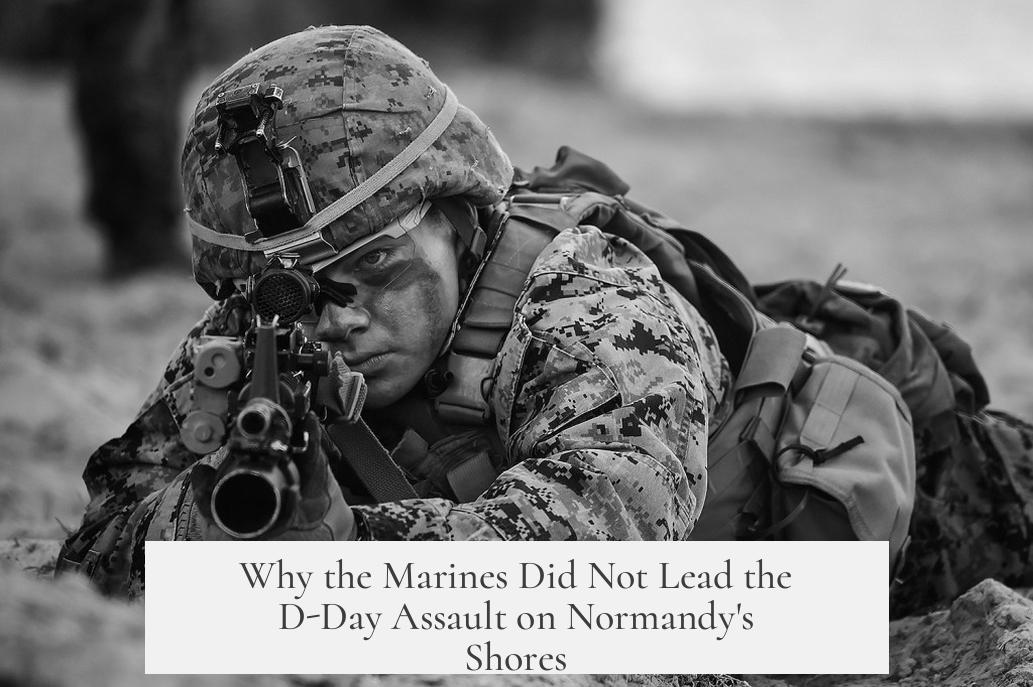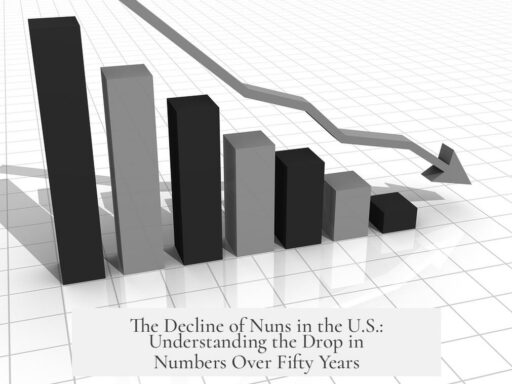The Marines did not lead the D-Day assault primarily because their divisions were fully committed to critical battles in the Pacific Theater during June 1944, limiting their availability for the Normandy invasion. Additionally, strategic decisions by Allied command and the U.S. Army’s own amphibious expertise made it unnecessary to deploy large Marine forces in Europe.
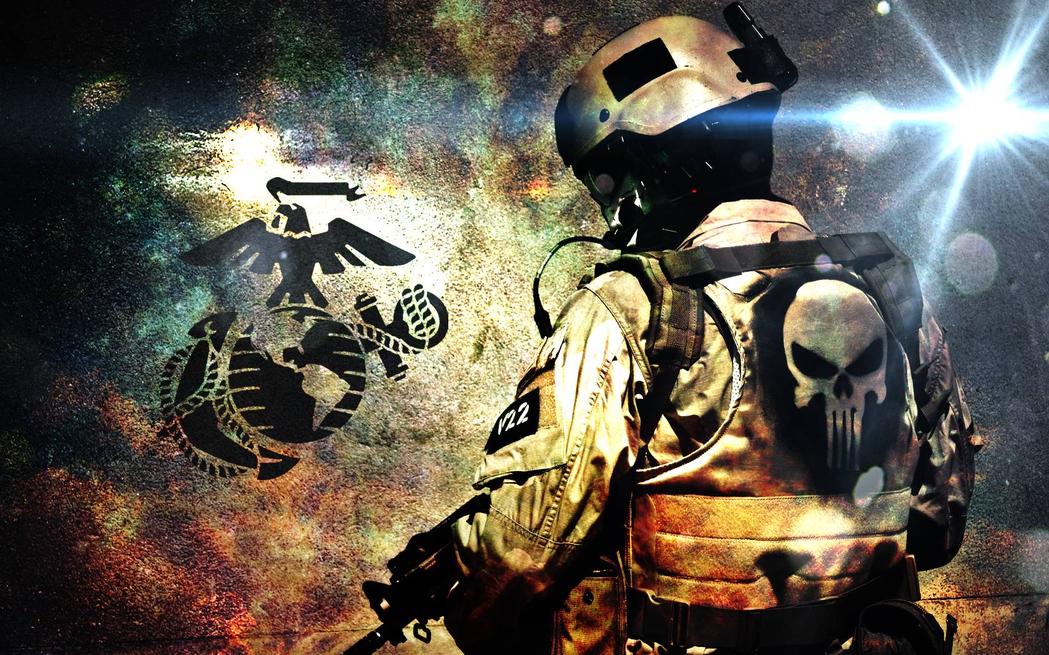
At the time of the Normandy landings on June 6, 1944, the U.S. had 89 Army divisions and only six Marine divisions. These Marine divisions were largely tied up in ongoing or imminent major campaigns in the Pacific region:
- One division was recovering from intense fighting in New Guinea.
- Another was preparing to enter the Battle of Saipan.
- A third was gearing up for the assault on Guam.
- Additional units were either reinforcing Saipan, held in reserve at Guam, or in the process of formation in the Solomon Islands.
Their commitments demanded the full Marine Corps presence to maintain momentum in the Pacific island-hopping campaign against Japan.
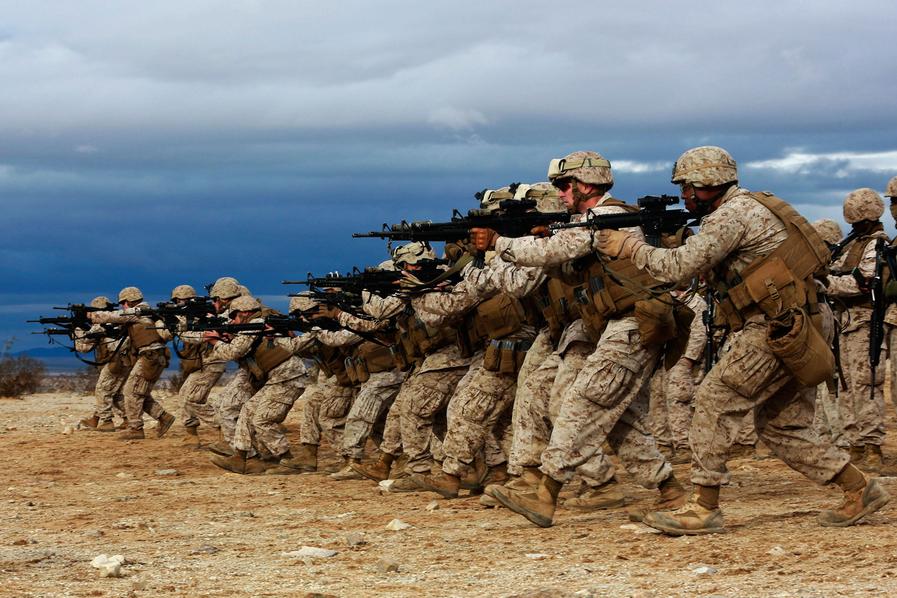
While Marines did participate in the Normandy invasion, their role was limited and mostly supportive. Some Marines contributed through amphibious assault training, sniping, reconnaissance, and pre-landing sabotage. However, only a few hundred Marines were present. General Dwight D. Eisenhower, Supreme Allied Commander, consciously limited Marine involvement under the belief it was important for the Army to assume primary responsibility for the European landings. Eisenhower reportedly did not want headlines highlighting Marines saving the Army from disaster at Utah Beach, preferring the Army to receive the main credit.
Strategically, transferring Marine divisions from the Pacific to Europe would offer minimal benefit to the Normandy landings due to their relatively small numbers. Conversely, such a move would have severely disrupted the Pacific operations, where Marines were essential to the island campaigns. Eisenhower planned for the Normandy Beachhead to be just the starting point, expecting months or years of inland combat requiring sustained Army presence.
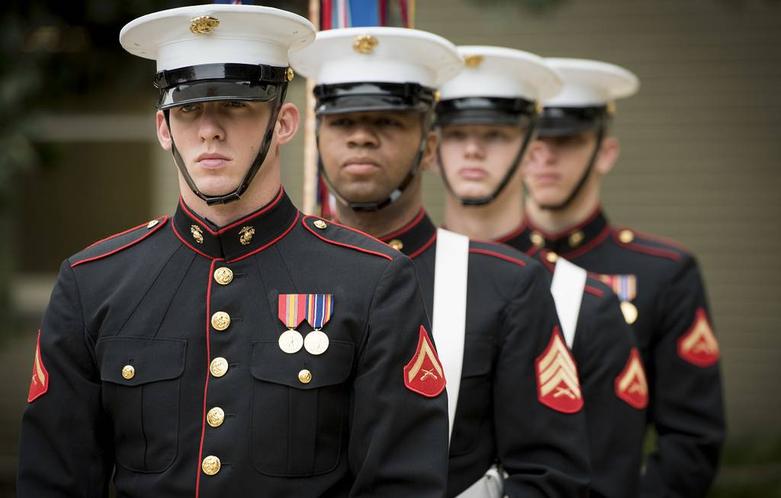
The argument that Marines held exclusive expertise in amphibious warfare is weaker upon examining the U.S. Army’s experience. Prior to D-Day, the Army had already conducted multiple amphibious operations in the Mediterranean theater, including Operation Torch (landings in Morocco and Algeria), Operation Husky (the invasion of Sicily), and landings at Salerno and Anzio in Italy. These actions gave Army units significant practice in amphibious assaults. This operational background reduced the necessity to assign Marines a leading role in the Normandy Beach landings.
Post-invasion critiques reveal that although the Marines did not lead the assault, their combat experience could have contributed valuable lessons. A Marine Corps Gazette correspondent noted by late 1944 that both U.S. Army commanders and their German counterparts largely failed to incorporate vital lessons from Pacific amphibious warfare. This suggests the Marines had unique insights from their island campaigns, but entrenched command structures and strategic priorities limited their involvement in the European theater.
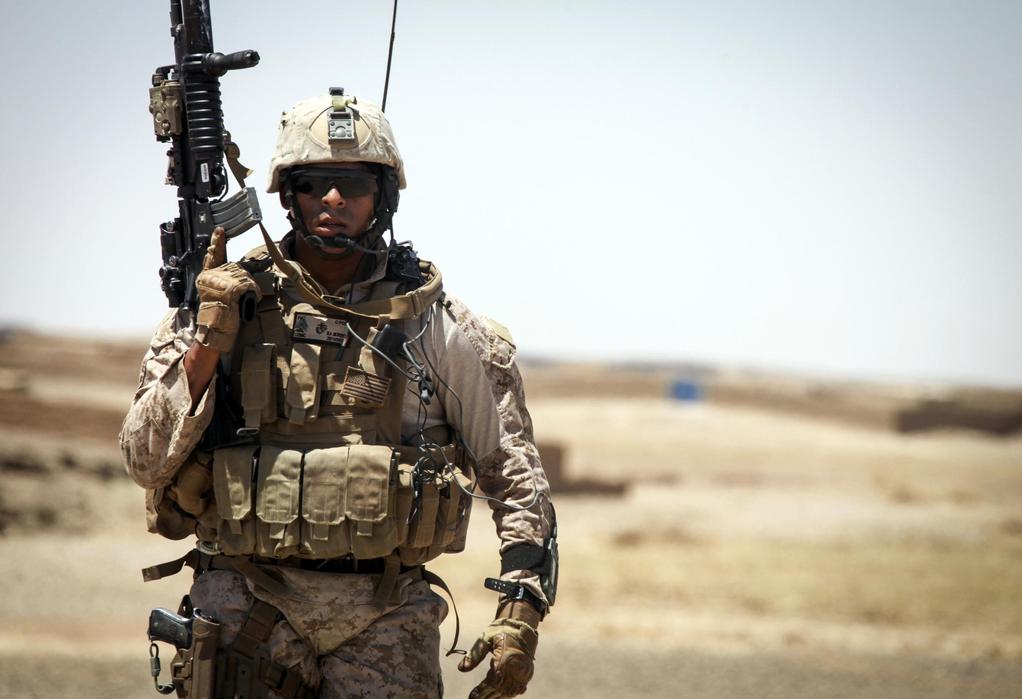
In summary, several factors explain why Marines did not spearhead the D-Day assault:
- Marine divisions were engaged or preparing for major Pacific battles, limiting availability for Europe.
- Eisenhower’s command decisions aimed to emphasize Army leadership in Normandy.
- Army amphibious experience from Mediterranean operations reduced reliance on Marines.
- Strategic priority remained on continuing the offensive in the Pacific with existing Marine units.
- While Marines had valuable amphibious warfare experience, it was politically and operationally impractical to shift forces for Normandy.
- Marine divisions were heavily concentrated in the Pacific in mid-1944.
- The U.S. Army had developed substantial amphibious assault expertise prior to D-Day.
- Eisenhower sought the Army to receive primary credit for the Normandy success.
- Reallocating Marines to Europe risked slowing the crucial island-hopping campaign.
- Morale and politics influenced limiting Marine combat roles on Utah Beach.
Why Didn’t the Marines Lead the D-Day Assault? Unpacking the Pacific Puzzle on Normandy’s Shores
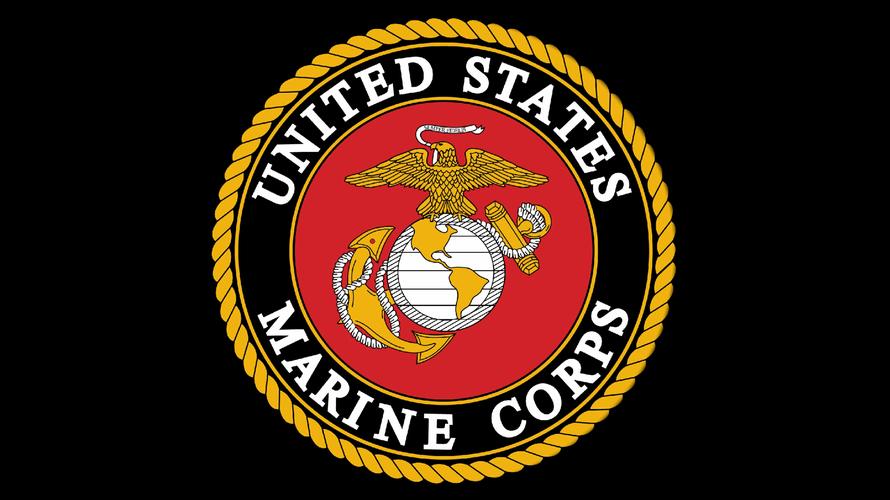
Simply put: The Marines didn’t lead the D-Day assault because, at the crucial moment in June 1944, they were all hands full in the Pacific, Eisenhower wanted to avoid headline drama, and the Army already had plenty of amphibious experience under their belt.
That’s the headline. But let’s dig into why this curious piece of WWII history unfolded the way it did.
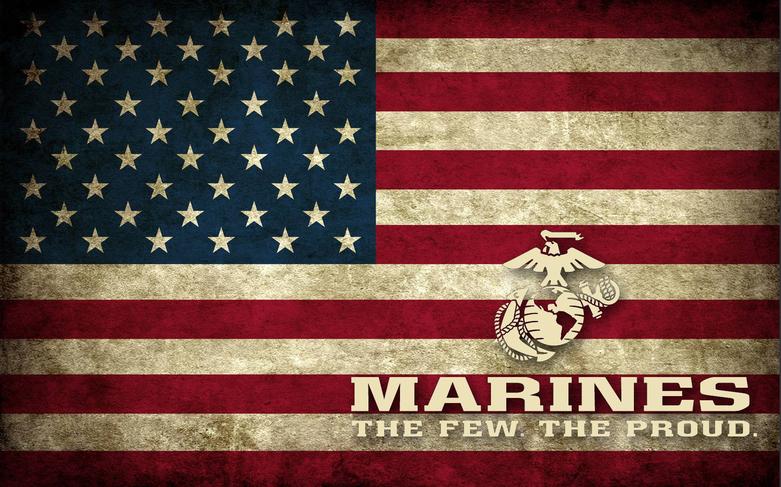
1. The Marine Corps Was Busy Elsewhere — Seriously Busy
Picture the Marine Corps in mid-1944. Six divisions strong, but all six were tackling significant battles in the Pacific. This wasn’t some minor skirmish. We’re talking about brutal campaigns in New Guinea, Saipan, and Guam — pivotal, grinding fights crucial to the island-hopping strategy that would ultimately get the U.S. closer to Japan.
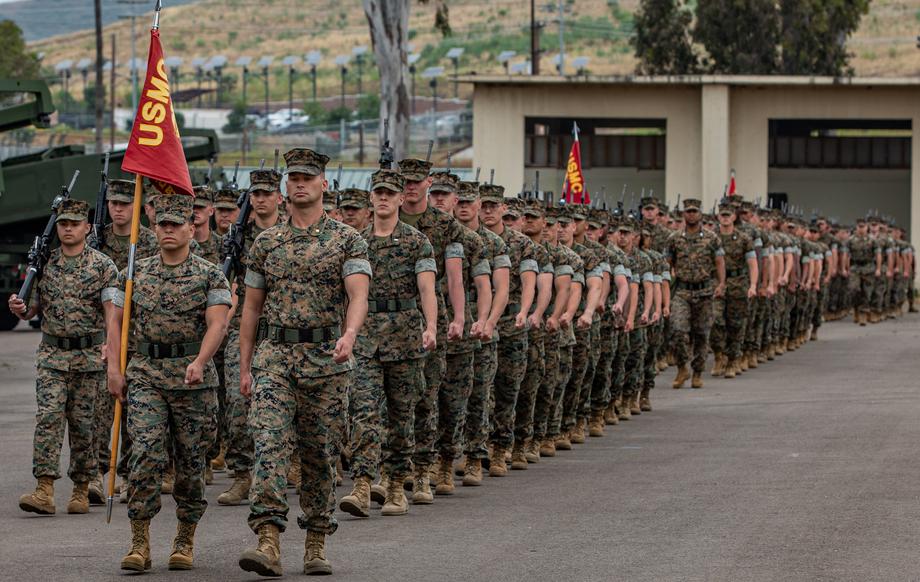
- One division was just recovering from heavy fighting in New Guinea.
- Another was gearing up to launch the Battle of Saipan.
- Others were in the middle of battling at Saipan or preparing for Guam.
- One was still taking shape in the Solomon Islands.
The Marines were spread thin and intensely focused on the Pacific Theater. Sending them across the globe to Europe would have slowed the Pacific campaign, a campaign Eisenhower and his superiors considered crucial enough to keep Marine divisions locked in place.
2. Marines Played Support, But Didn’t Lead the Assault
Despite the Marines’ reputation for amphibious assaults, their role on D-Day was, surprisingly, more of a backstage crew than the star performers. A few hundred Marines participated in support roles like amphibious assault training, sniping, sabotage, and reconnaissance ahead of the landings. But actual frontline combat roles? Nope, not really.
Why? One key reason was General Eisenhower himself. The Supreme Commander reportedly didn’t want the headlines to read something like “Handful of Marines Save Army at Utah Beach”— no ego clashes, please! It was a calculated political and PR move. Keeping the Army front and center was important. After all, 89 Army divisions were involved, versus six Marine divisions.
3. Amphibious Experience? The Army Had Plenty Too
Many assume the Marines owned amphibious warfare expertise outright. That’s true to some extent, but the U.S. Army wasn’t exactly green. Prior to D-Day, the Army had conducted multiple amphibious operations:
- Operation Torch: amphibious landings in Morocco and Algeria against Vichy French forces.
- Invasions of Sicily, Salerno, and Anzio in Italy – all involving complex amphibious maneuvers.
This experience gave the Army confidence and practical knowledge to spearhead such a massive amphibious invasion. So handing the lead over to the Marines wasn’t a glaring necessity.
4. Strategic Priorities: Pacific First
The world was vast, and strategic decisions had to weigh competing priorities. Moving Marine divisions from the Pacific Theater to Europe would not dramatically change the Normandy outcome. The sheer number of Army troops vastly outweighed Marine numbers.
However, the island-hopping campaign in the Pacific heavily depended on Marine forces. Having Marines shove off from Pacific islands slowed down the whole domino effect of moving closer to the Japanese mainland. Eisenhower’s plan was to get ashore quickly in Europe and rely on the Army to hold that ground for the long haul.
5. Lessons Not Fully Learned — A Shared Shortcoming
Here’s a twist: a Marine Corps Gazette correspondent later critiqued D-Day and the German defense, and the takeaway wasn’t just about who was on what beach. The critique focused on the failure of both U.S. Army and German commanders to fully use hard-won lessons from Pacific amphibious combat. So even if Marines hadn’t led the assault, their combat experience was valuable and sometimes overlooked.
This implies the Marines had a point—but political, logistical, and strategic decisions meant they stayed in the Pacific limelight, leaving the European shores to the Army.
So Should the Marines Have Led the D-Day Landings?
It’s tempting to imagine Marines stomping ashore as the spearhead of Normandy’s invasion. But the reality of war strategy, troop availability, logistics, and politics seldom fits the Hollywood version. Eisenhower’s sharp planning took advantage of Army amphibious experience while preserving Marine forces for a campaign that truly needed them. This division of labor wasn’t perfect, but it was pragmatic.
Next time you watch a WWII doc or reenactment, ask: Would shifting a Marine division to Normandy have changed the course of history? Or would it just have made the island-hopping campaign slog even slower? The answer lies in the messy, fascinating complexity of global war.
Final Thoughts and Takeaways
- The Marines were stretched thin in the Pacific and couldn’t be spared for Europe.
- Eisenhower limited Marine deployment at Normandy to avoid overshadowing the Army.
- The U.S. Army had solid amphibious assault experience from prior Mediterranean campaigns.
- Strategic priorities favored keeping Marines focused on Pacific island battles.
- Critiques highlight missed opportunities to apply Pacific lessons in Normandy, but organizational realities dictated roles.
War isn’t just about bravado. It’s about tough choices and trade-offs. And in June 1944, sending the Marines to Normandy simply wasn’t one of them.
